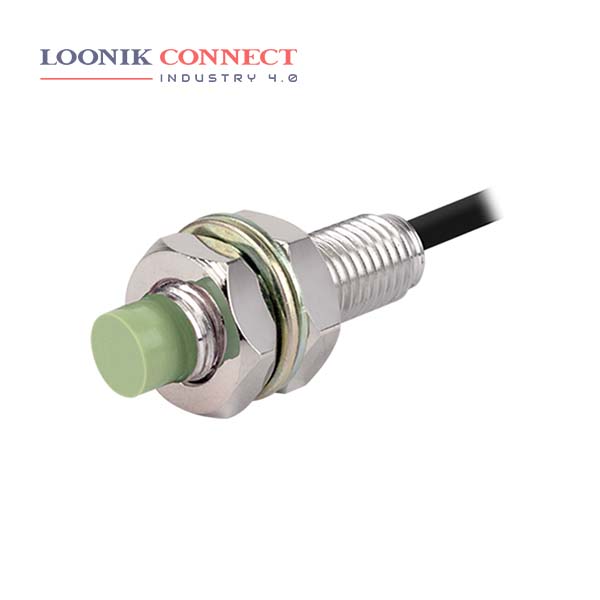Sensors are commonly used components in automation used to detect changes in the environment and transmit the information electronically. The sensors feature long detection distance up to 30 m and accurate sensing performance with excellent noise immunity and minimal influence from ambient light. Autonics is a leading provider of automation solutions from South Korea. We develop and manufacture a wide range of automation products which are marketed worldwide. Autonics temperature controllers, pressure sensors, vision sensors, and encoders offer accurate temperature control, exact pressure measurement and management, precise movement control and inspection for highly efficient and reliable control during plastics and rubber processing.
A Photoelectric Sensor consists primarily of an Emitter for emitting light and a Receiver for receiving light. When emitted light is interrupted or reflected by the sensing object, it changes the amount of light that arrives at the Receiver. The Receiver detects this change and converts it to an electrical output. A photoelectric sensor is a device used to determine the distance, absence, or presence of an object by using a light transmitter, often infrared, and a photoelectric receiver. They are largely used in industrial manufacturing.
There are three major types of photoelectric sensors: thru-beam, retroreflective, and diffused. A Photoelectric Sensor (also known as infrared sensors, passive infrared sensors or PIR sensors) utilise a beam of light that is either visible or infrared and it monitors that beam in three ways to trigger a process response. A sensor converts the physical action to be measured into an electrical equivalent and processes it so that the electrical signals can be easily sent and further processed. The sensor can output whether an object is present or not present (binary) or what measurement value has been reached (analog or digital)










